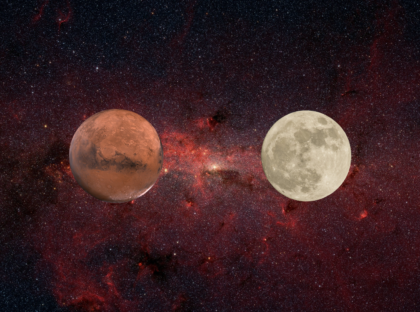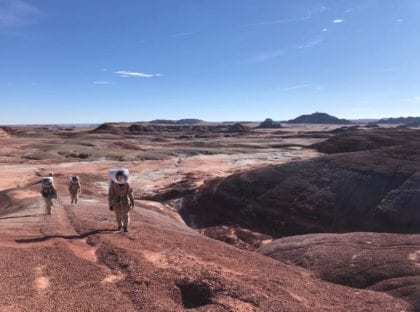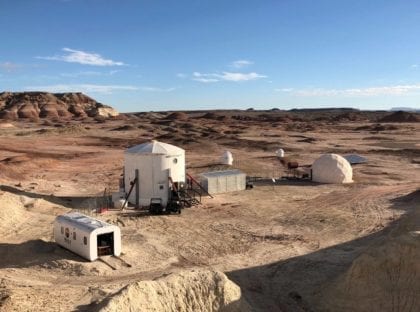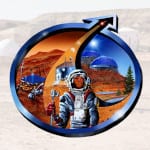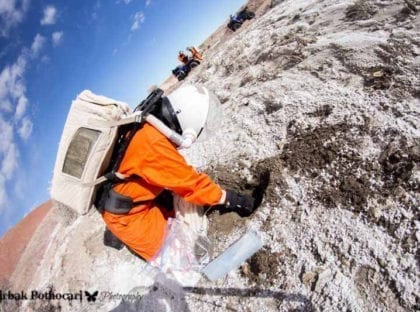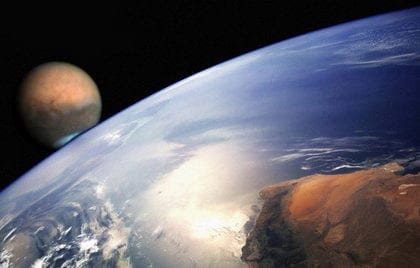
The scope and scale of Mars settlement is so significant that it can defy our intuitions. Generally speaking, thinking about endeavours on this scale does not come naturally to us. Especially for those that are new to the idea, it can feel detached from practical reality. The trick to shrinking this unwieldy concept down into an accessible format, is found by thinking a little bigger. We have to consider it within the broader context of history. In the Northwest corner… READ MORE >


